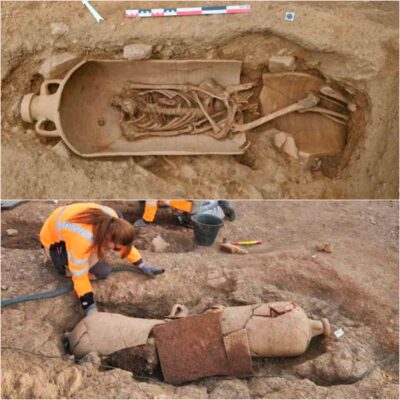he SR-71 Blackbird is indeed an incredible aircraft known for its exceptional speed and high-altitude capabilities. The SR-71 was developed by Lockheed’s Skunk Works division and served as a reconnaissance aircraft for the United States Air Force from the 1960s through the 1990s. It remains one of the most iconic aircraft in aviation history.

Here are some key facts about the SR-71 Blackbird:
Speed: The SR-71 Blackbird is widely regarded as the fastest air-breathing aircraft ever built. It could reach speeds in excess of Mach 3 (three times the speed of sound), or over 2,200 miles per hour. This incredible speed allowed it to outrun enemy missiles and aircraft. Altitude: The SR-71 was capable of flying at altitudes of up to 85,000 feet (approximately 16 miles high). This high altitude and speed made it almost untouchable by enemy defenses.

Reconnaissance: The primary mission of the SR-71 was reconnaissance. It used a variety of cameras and sensors to gather intelligence and images from enemy territories. It was often used for strategic reconnaissance during the Cold War. Design: The SR-71 had a distinctive long, slender fuselage and a delta wing design. It was powered by twin Pratt & Whitney J58 turbojet engines, which utilized afterburners to achieve its incredible speed. Heat Resistance: The aircraft’s skin was made from titanium, which could withstand the extreme heat generated by the high-speed flight. The SR-71’s shape also expanded due to the heat, sealing any potential fuel leaks during flight.

Range: The Blackbird had an impressive range, being able to fly non-stop for long distances. It was even used for long-duration missions, such as flights from the United States to the edge of Soviet airspace and back. Retirement: The SR-71 Blackbird was retired from active service in the late 1990s, primarily due to high operating costs and advancements in satellite technology. Its last flight was in 1998.

The SR-71 Blackbird remains an engineering marvel and a testament to the ingenuity of its designers and builders. It’s widely regarded as one of the most remarkable aircraft in aviation history, both for its speed and for its contributions to national security and reconnaissance during the Cold War.











